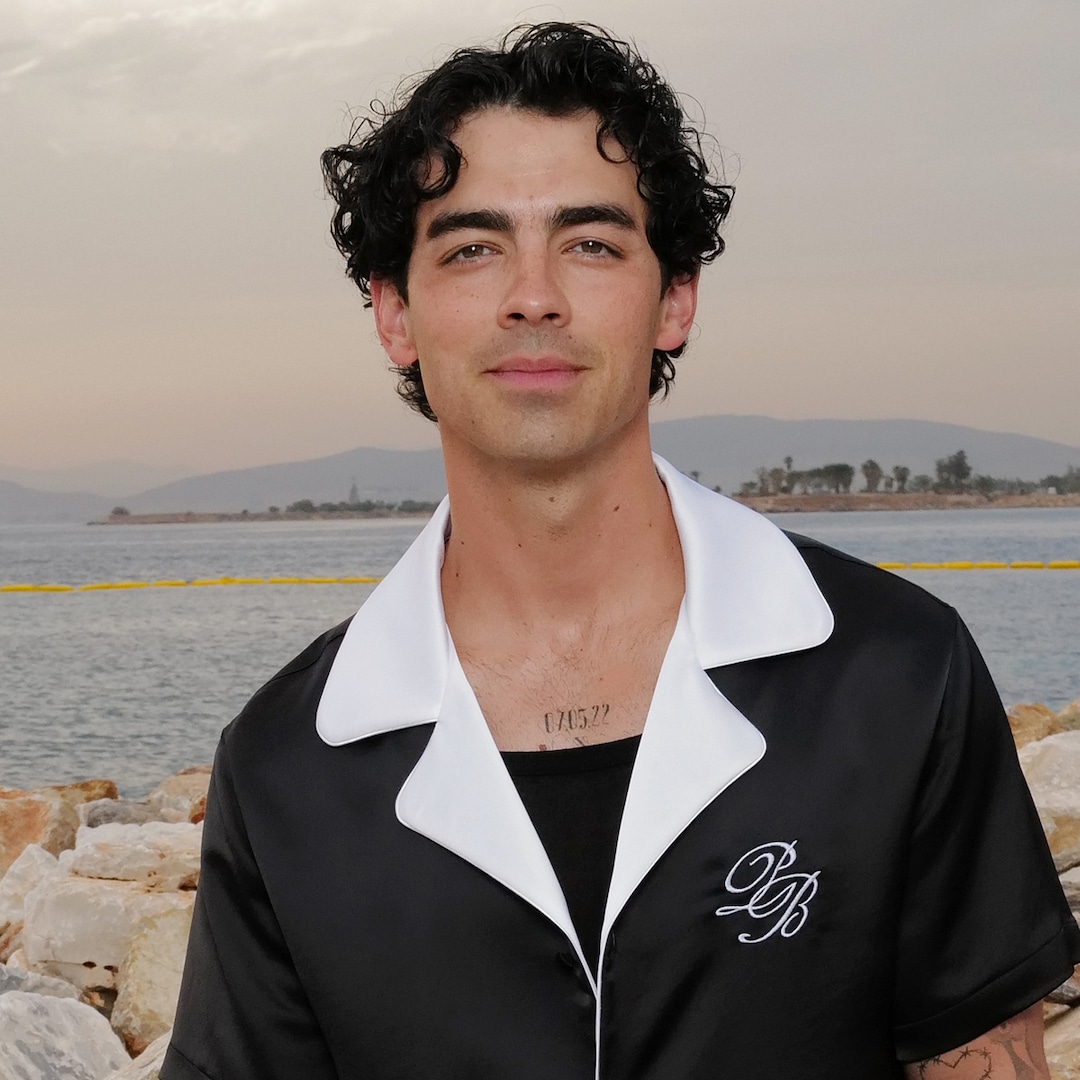Buyer beware: Your salmon might be lying to you. In a study published today, researchers have found evidence that these products are regularly mislabeled as wild salmon when they’re actually farmed salmon, which might be especially costly for customers at sushi restaurants.
Salmon and seafood mislabeling has been a known issue for a while—so much so that the state of Washington, where the salmon industry is especially important, passed a law in 2013 intended to reduce it and other kinds of fish fraud. Senior study researcher Tracie Delgado, a professor of biology at Seattle Pacific University, had read past studies on the topic and knew about the 2013 law, so she decided to have students in her Genetics lab course investigate for themselves whether things had gotten better since then.
“We had no idea what the results would be when we started this project and we were very surprised with the results,” Delgado told Gizmodo. “Despite legislation in Washington state that makes mislabeling of salmon illegal, salmon mislabeling fraud is still a problem in Seattle.”
Delgado and her students collected and analyzed the DNA of salmon samples from 67 grocery stores and 52 sushi restaurants in the Seattle area between fall 2022 and fall 2023. All told, 18% of these samples were mislabeled. The team’s findings were published Wednesday in the journal PLOS-One.
While mislabeling was relatively common across both grocery stores and restaurants, it was a more serious issue in the latter. About a third of samples from restaurants were wrongly labeled wild salmon instead of farmed, for instance, compared to zero such mislabeled samples from grocery stores. And sometimes sushi samples marketed as one specific species of wild salmon were instead another wild species, though this also occurred in grocery stores as well (the combined rate of wild to farmed and wild to wild salmon mislabeling was 38% in restaurants and 11% in stores).
On the bright side, the researchers found no instances of farmed salmon being mislabeled as wild in grocery stores. That does suggest that seafood identification laws in Washington have helped mitigate fraud at least a bit. But the overall rate of salmon mislabeling found in this study is in line with some past estimates of Washington’s mislabeled rate prior to the 2013 law, while later studies have found even higher rates in other states. And the costs of salmon mislabeling at sushi restaurants are almost certainly being passed down to customers, since some people will end up paying more for “wild” salmon that should actually be cheaper farmed salmon (that said, this potential effect was found to be insignificant in grocery stores).
Salmon mislabeling is also likely to have a negative environmental impact, according to Delgado.
“Dishonest reporting of catch data and mislabeling of seafood complicates fisheries’ conservation efforts because it prevents accurate tracking of supply chains and complicates effective fishery management efforts,” she said. “Therefore, fisheries managers may erroneously conclude that wild salmon stocks which are actually depleted are persisting at sustainably harvestable densities.”
More needs to be done to stop salmon and other types of seafood fraud, the researchers say, such as encouraging restaurants to periodically test that the fish they’re getting is the real deal. There is an existing inspection program set up by the National Oceanic and Atmospheric Administration for fishing boats, processing plants, and retailers to test their fish, Delgado notes, though participation is voluntary. And while sushi customers may not be able to physically sniff out mislabeled fish, they too can take steps to lower their chances of being defrauded at least.
“Customers can ask sushi restaurants if they have a quality control process that confirms salmon identification and if they have reliable vendors the sushi restaurant sources from,” Delgado said. “Customers can also ask the sushi restaurants if they purchase the salmon whole and then fillet the salmon at the restaurant,” or if the sourced salmon is already processed. “If the salmon is filleted fresh at the restaurant, then a good sushi chief would know the difference between a wild vs farmed salmon by looking at it,” she explained.
Ultimately, though, it will likely take the passing and enforcement of tougher seafood fraud laws to effectively rein in this practice.



/cdn.vox-cdn.com/uploads/chorus_asset/file/23986640/acastro_STK092_04.jpg)





 English (US) ·
English (US) ·